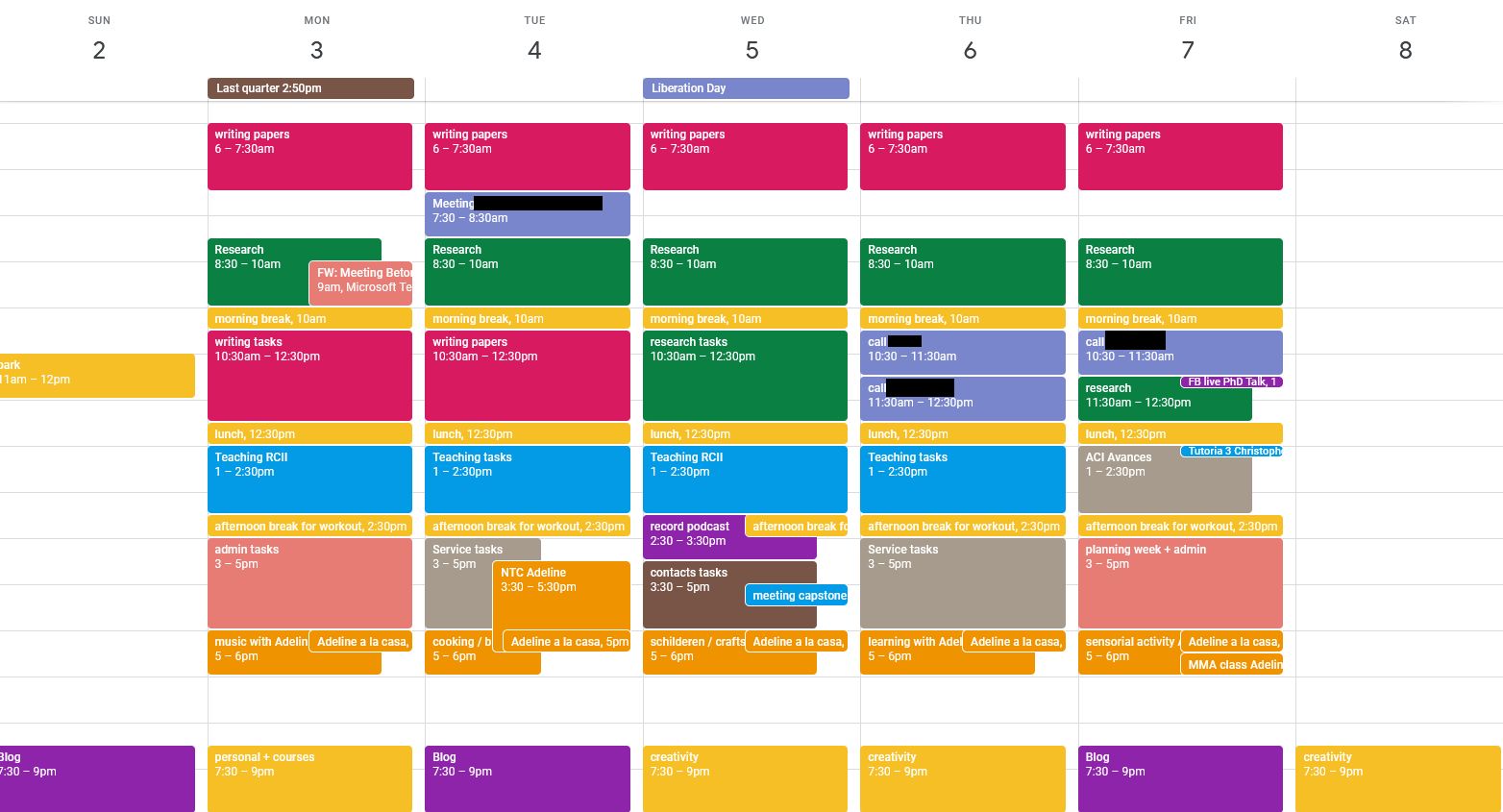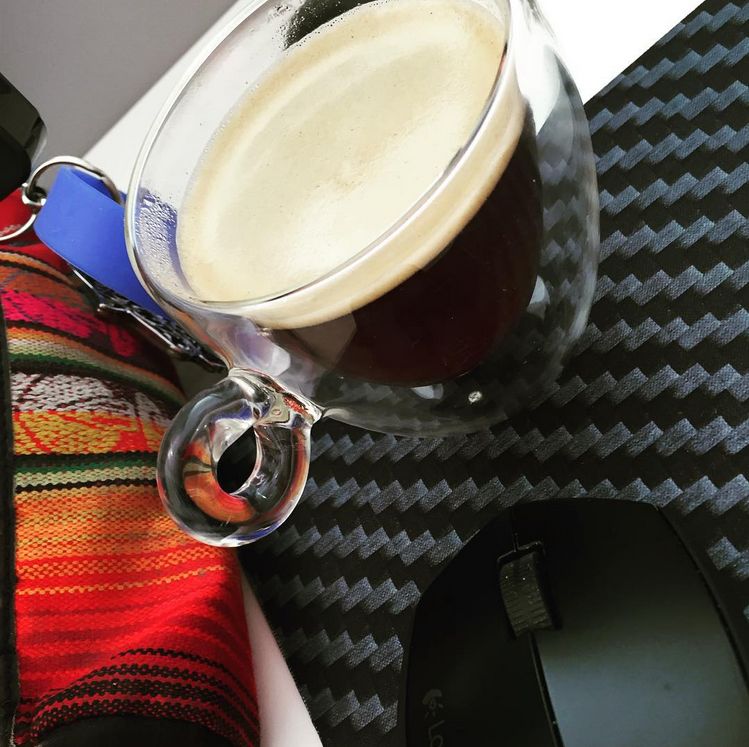Q&A: How to select students
I recently received the following question, which I think is excellent to address in a Q&A post (anonymized):
I would like you to address this question for young researchers:
How to accept and discriminate applications from graduate students looking for an advisor?
My experience is this:
A time ago I received an email from a student from A Country who was looking for an advisor for her master’s. Her letter was very flattering. She was looking for an advisor in the area of My Research and had come across the web page of my lab and she got interested in my work.
Also, more recently, I received a letter from a PhD student saying that she is interested in my work. However, her letter seems generic. As she did not even write my name in the head of the email (It just says “Dear Professor”).
Here’s how I usually deal with the process of selecting students who I do not know personally yet:
- Admission status: Depending on the university, the choice of research topic and advisor comes before or after gaining admission to the university. So, the first thing to evaluate is what your role as advisor would be. Does admissions still have to make a decision, or is the student already cleared to enter university?
- Review CV: When I review the CV of a candidate, there are a number of things I consider: the university where the student studied and its reputation, the work experience of the student (if any), the skills of the student (what do they bring to the table that would be new for our research group?), language level (if available), and a potential experience with writing papers (depending on the level they are applying for, but any experience is a plus). These elements are also things I try to develop in my undergraduate students, to improve their chances of being able to do graduate studies abroad.
- Potentially reach out to previous advisor: If I want to know what it *really* is like to work with the student, I will reach out to their previous advisor, to get an idea of how their teamwork skills and practical lab work skills are. I am more inclined to do so when their previous advisor is somebody that I know personally.
- Select students for an interview: When I think the student could be a good fit, I usually proceed to scheduling a virtual interview. In that interview, I am looking for a number of things: understanding their relevant experience and skills, testing their ability for critical thinking and scholarly work, and getting a feeling for the person (would they be a nice colleague to have). I usually “batch” students to be able to compare different profiles and find the best fit for the opening I have.
- Get the advice from at least one additional colleague: For the interview, I try to have at least one extra colleague joining me, to be able to get a broader evaluation of the student.
That’s how I usually go about the process! Hope it helps, and good luck building your research group.



